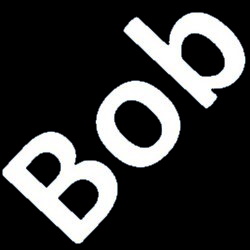Schindler’s List (1993)
Wartime photo from the actual Plaszow labor camp
The late film critic Roger Ebert said about Schindler’s List and its director, Stephen Spielberg:
The French author Flaubert once wrote that he disliked Uncle Tom’s Cabin because the author was constantly preaching against slavery. “Does one have to make observations about slavery?” he asked. “Depict it; that’s enough.” And then he added, “An author in his book must be like God in the universe, present everywhere and visible nowhere.”
That would describe Spielberg, the author of this film. He depicts the evil of the Holocaust, and he tells an incredible story of how it was robbed of some of its intended victims. He does so without the tricks of his trade, the directorial and dramatic contrivances that would inspire the usual melodramatic payoffs. Spielberg is not visible in this film. But his restraint and passion are present in every shot.
These photos show (clockwise from top left):
- Amon Leopold Göth — the Austrian SS functionary and Nazi war criminal who ran Płaszów concentration camp.
- Oskar Schindler –– the German businessman who together with his wife saved more than a thousand mostly Polish-Jewish refugees from the Holocaust by employing them in his factories during World War II.
- Liam Neeson as Schindler.
- Ralph Fiennes as Göth.
In this scene from the end of the movie Schindler’s factory deputy (Ben Kingsley) invokes words from the Talmud in thanks. The solo violinist heard in the background on John Williams’ Oscar-winning soundtrack is Itzhak Perlman.



Recent Comments